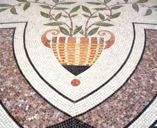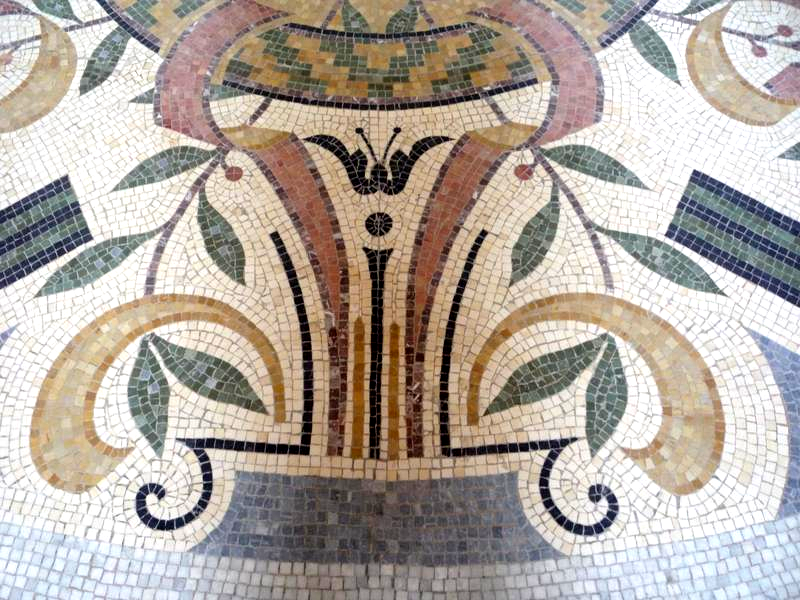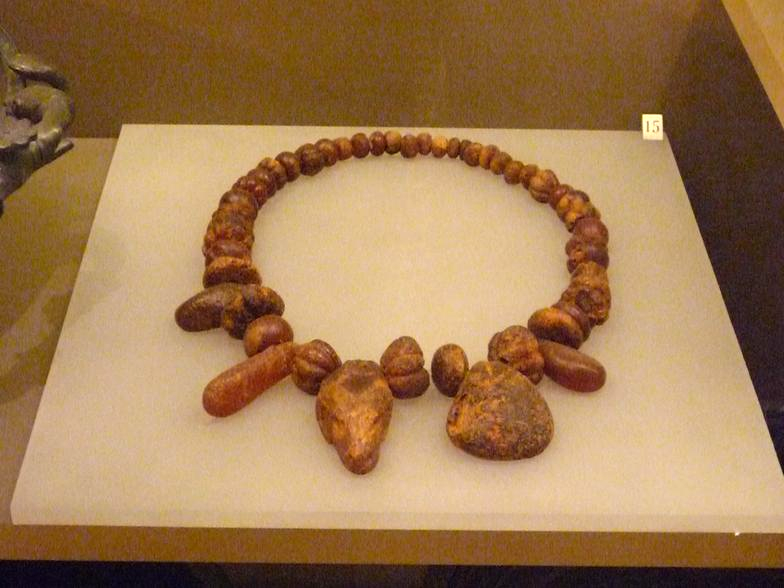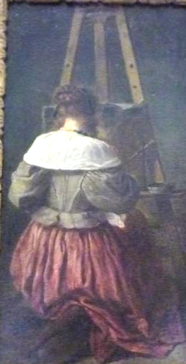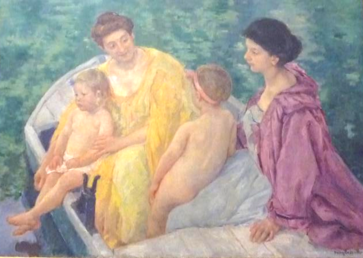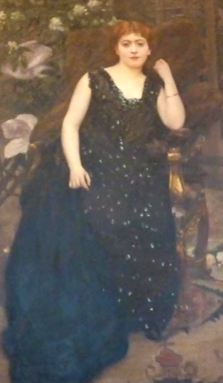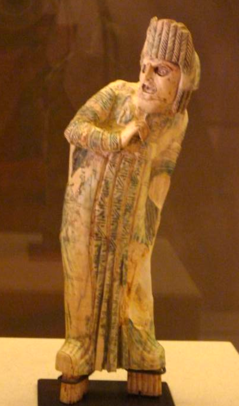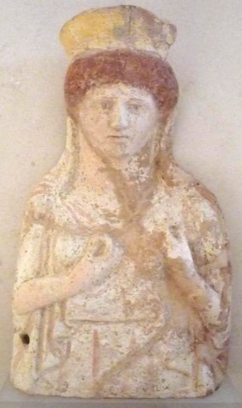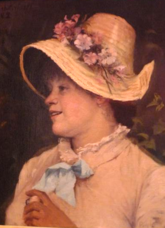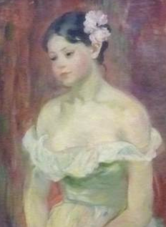Copyright 2017 Creative Travel Publications, LLC
When I look up, down, and around I see why this elegant museum draws me to it again and again. The entry floor mosaics are beautiful, gallery halls feel spacious and airy, the courtyard is lush, the store sells classy artistic creations, and the restaurant has good coffee, reasonably priced food and free city WiFi.
The Duntuit reading room is available free by appointment to students and researchers. It houses a computerized and digitized inventory of the collections, documentation of works, artists, donors, and exhibits, and a vast number of publications. The majority of the information is written in French.
Entering the museum I go to the front desk and request a free ticket and map. Head sets with an audio guide are available at cost. However, tickets for special exhibitions are NOT free but they are reasonably priced and can be reserved on the website. When I go into the museum a staff person collects half of my ticket.
One of my favorite things to do at this museum is go down these elegant stairs from the upper floor galleries to the lower floor galleries. The pristine white stairs swirl in a circle around an intricate lace railing. Just imagine you are here in a couture evening gown descending these steps one at a time. Romantic? That is how it feels to me too except, of course, I am wearing pants and a sweater and going to the tropical courtyard restaurant for a cup of coffee and a video chat with my husband! Yes, there are palm trees and a fountain in the center court. The food in the restaurant is fairly good. A complete menu is available for you to peruse on the museum website.
Just a side note here: the restrooms in this museum are really nice and clean and you do not have to tip anyone to use them.
This museum has an extensive collection of European art. Much of the lower floor is dedicated to ancient Greek and Roman artifacts, French ceramics, and a large sampling of religious art. Documentation does not indicate if the art was made by a woman or a man. However, there are many images of women and womanly artifacts scattered throughout all of these gallery exhibits.
The Wash
Fernard Pelez 1880
Woman at Easel
Holland School 17th Century
Portrait of Jane Hading
Actress, Comedie Francaise
Alfred Roll 1890
Portrait of Sarah Bernhardt
Actress Comedie Francaise
George Clairin 1876
The Parisian
Marie Bashkirtseff 1882
The Swim Mary Cassatt 1910
Art Nouveau Teak Dining Room Set and Cabinets
Hector Guimard 1909
Art Nouveau Earrings
Adeline Oppenheim 1909
Art Nouveau Necklace
Adeline Oppenheim 1909
Young Girl in Decollete
Berthe Morisot
1893
Here you see just a few of the oil paintings I have seen exhibited over the last few years. The famous oils painting of Sarah Bernhardt is on permanent display but it is often loaned out to other museum so it may not be on display when you visit.
Galleries are frequently refreshed with new art pieces from the museum's vast collections which date from the classical period to the 1900's and include graphic arts, photography, books, and manuscripts.
You can see art by some of the most famous painters in the world like Rubens, Rembrandt, Fragonard, Sisley and Manet. Equally interesting is the art by lesser known artists and artisans.
Some people may say it is second rate but I personally like to see pieces by unfamiliar artists. It gives me an opportunity to experience 'art for arts sake' and draw my own conclusions about its value to me.
Women artists are represented in the collection but are almost entirely from the early 1900's to date.
THE GALLERIES
In addition to the exhibition galleries the Museum of Fine Arts has concerts, shows, and screenings in its modern auditorium. The auditorium is also used for lectures, readings and literary events, some of which are free and open to the public. Most are in French. For a calendar of activities click on Auditorium on the website.
I can see myself returning often to this museum. The museum shop has unique, high quality objects d'art that are perfect gifts for family and friends. It is located in the lobby of the museum so it is easy to pop in and shop during museum hours.
The restaurant garden is so beautiful I know for certain I will be back again if for no other reason than getting a cup of coffee....
Women's Travel Abroad
For Women About Women By Women
The building was constructed for the 1900 Universal Exhibition and opened in 1902 as a public museum. The structure of the 'little palace' is almost entirely authentic. However, the City of Paris has done renovations to make the museum handicapped accessible. Up to date information about visiting days, hours, a map, guide, accessibility, exhibitions and classes is posted on their website.
The art at the Petit Palais depicts women in many ways. There are pictures of a women giving birth and two courtesians locked in an intimate embrace. Women are shown as wives, mothers, and workers. No role is barred including that of actress, painter, and washer woman. Some other women are portrayed wearing fine clothes and leisurely lounging on a chair or chaise.
The Impressionist painting movement opened the door for women artists worldwide. Women came from all over Europe and the United States to Paris to study with prominent male artists. Among the French artists are Marie Bashkirtseff and Berthe Morisot. An American, Mary Cassatt, moved her entire family to Paris while she painted them engaged in every day activities like boating and swimming. Portraits of children and animals, family activities, and landscapes are reoccurring themes among women painters of this era.
By the 1900's, especially in the Art Deco and Art Nouveau, women were working as designers and artisans in every field but still tended to focus on products made for women. During this time women began to shape their own self image. Almost every aspect of their lives reflected this period of redefinition.
They created signature perfumes, clothing, jewelry, and household furnishings. Paris became a city famous for women fashion designers like Coco Channel who created free and easy women's wear. The necklace and earrings designed by Adeline Oppenheim reflect the softened, flowing lines of the naturalistic Art Nouveau period.
You Are Welcome to Contact Me Personally With Comments or Questions
Destinations
